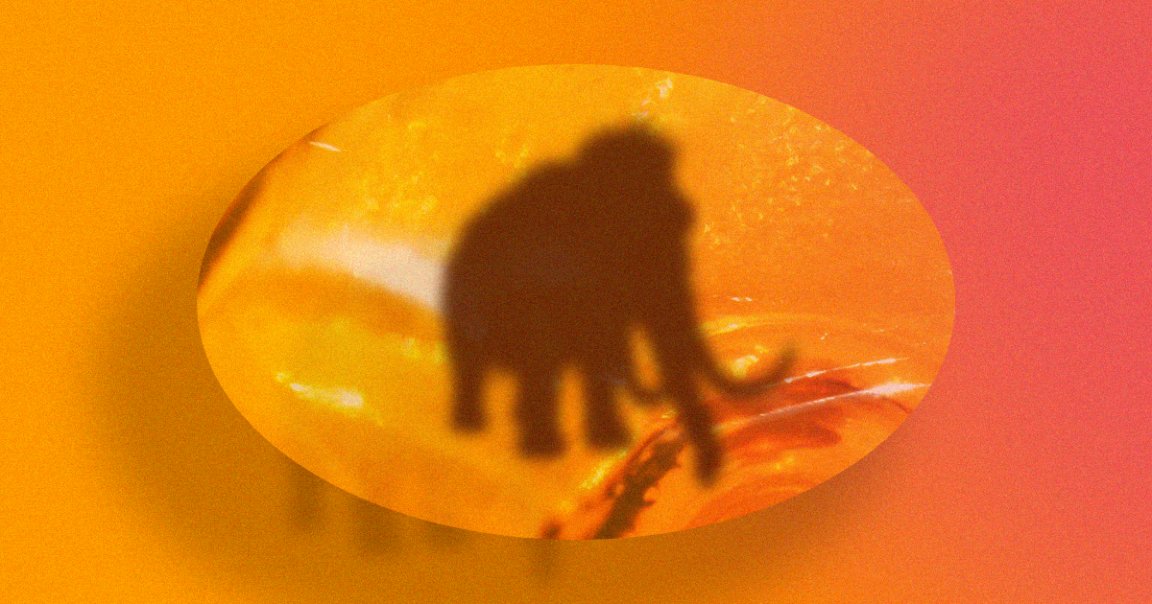
Cool Discovery
In 2011, researchers discovered the frozen body of a woolly mammoth in Siberian permafrost.
Now, a team of Japanese scientists has coaxed biological reactions from the mammoth’s 28,000-year-old cells — making it more likely than ever that we could one day bring the extinct species back from the dead.
Active Cells
In a paper published Monday in the journal Scientific Reports, the team from Japan’s Kindai University describes how it placed cell nuclei from the preserved mammoth into mouse egg cells.
Of the several dozen cells injected, five showed signs of the biological activity that takes place just prior to cell division.
“This suggests that, despite the years that have passed, cell activity can still happen and parts of it can be recreated,” researcher Kei Miyamoto told AFP.
Mammoth Task
Miyamoto says his team now “want[s] to try various approaches” to see if it can actually bring a mammoth to life, but he cautions that scientists still have a long way to go before they’ll be able to resurrect this extinct species — if such a feat is even possible.
“We are yet to see even cell divisions,” he told AFP. “I have to say we are very far from recreating a mammoth.”
Still, if we can resurrect the wooly mammoth, there’s a chance the species could help us curb global warming — making it a goal well worth pursuing.
READ MORE: Mammoth moves: frozen cells come to life, but only just [AFP]
More on cloning mammoths: Glimpse: How an Army of Resurrected Mammoths Could Curb Global Warming